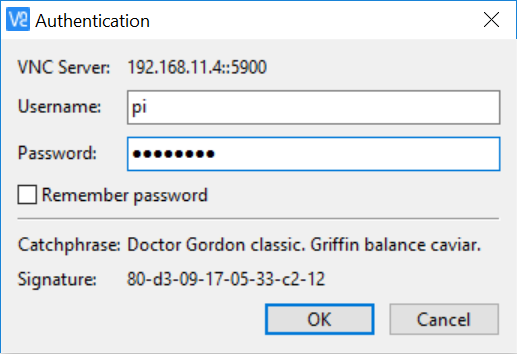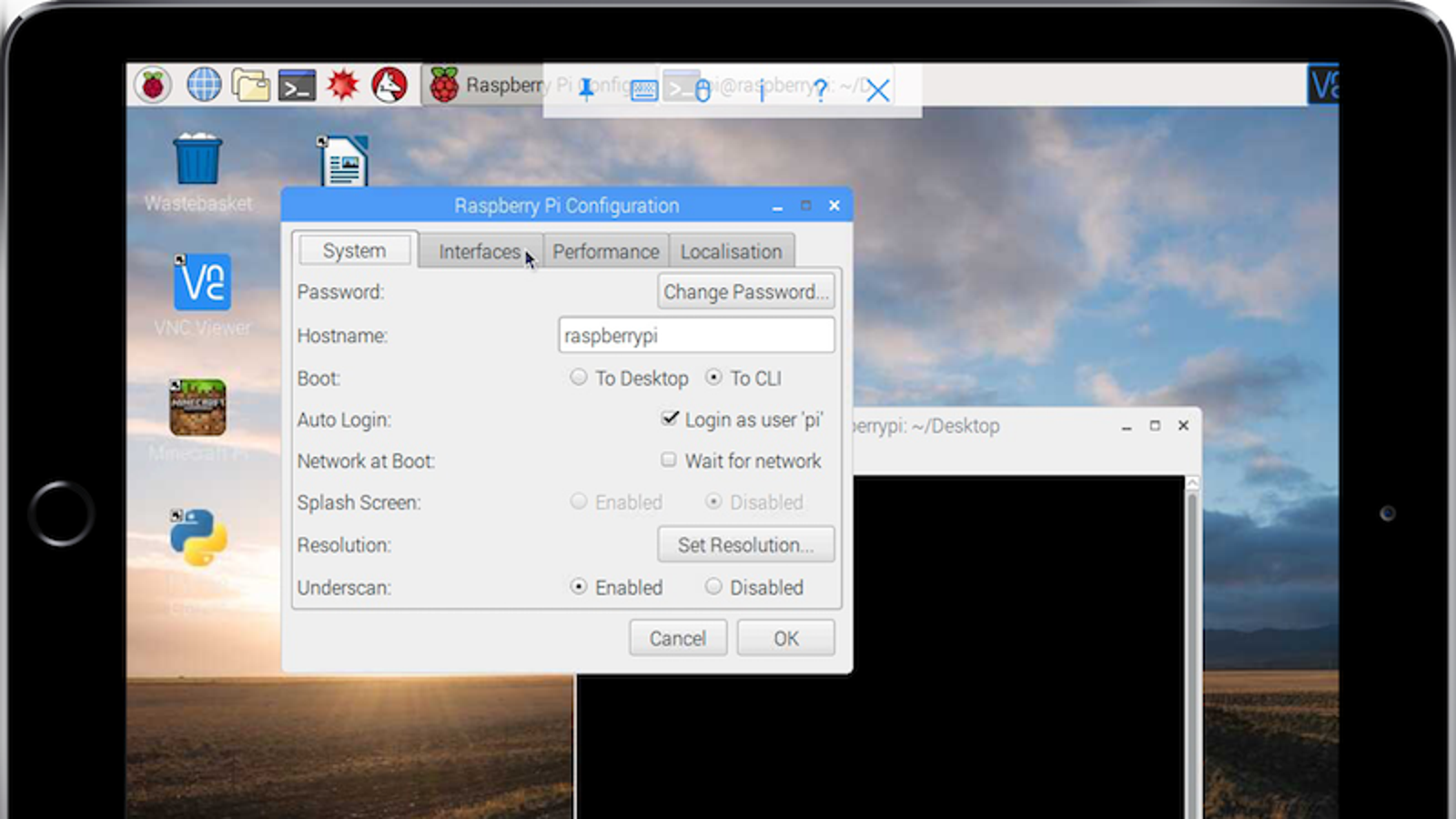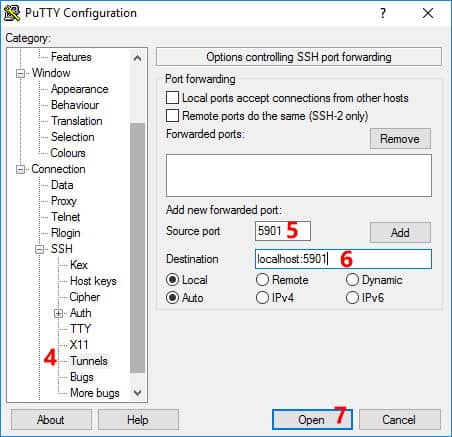
- LOGIN TO VNC CONNECT RASPBERRY PI HOW TO
- LOGIN TO VNC CONNECT RASPBERRY PI SOFTWARE
- LOGIN TO VNC CONNECT RASPBERRY PI CODE
- LOGIN TO VNC CONNECT RASPBERRY PI FREE
You’ll need to set up port forwarding on your router, and you’ll also need to set your Pi to use a static IP address. That’s it you’ll be dropped directly into your Pi’s desktop environment.Ĭonnecting to a Raspberry Pi from Internet/WANĬonnecting to your Pi over the internet is a bit more convoluted. You’ll be prompted to authenticate and can set VNC Viewer to remember the login details. A “:1” instance would use the port 5901 instead, so I’d enter 10.0.9.116:5901.Īfter you’ve entered the address, press ENTER, and wait a second. The address is in the form IP:PORTl for example, on this network, it’s 10.0.9.116:5900 for the “:0” instance on my Pi.
LOGIN TO VNC CONNECT RASPBERRY PI FREE
Another option is the free Fing app for iPhone iOS or Android. At the top, you enter the address of your Pi, which you can discover by entering “hostname -I” into your Pi’s terminal. You’ll be presented with a sophisticated GUI interface.

After the installation, simply type “vncviewer” and hit RETURN. debįor other Linux systems, use RPM or standalone BIN, or generic script as appropriate. Sudo dpkg - i VNC - Viewer - 6.19.325 - Linux - 圆4.

If you wish to run headless, add these lines to your “/etc/rc.local” file, above the line that says “exit 0.” If not, skip past this section.
LOGIN TO VNC CONNECT RASPBERRY PI SOFTWARE
We’ll cover client software installation in a moment. Once you’ve rebooted, you can connect with the username “pi” and your password. You’ll be prompted to reboot if system changes require it. Now, enable the RealVNC server, again punch in the command “sudo raspi-config” in your Pi’s terminal: Hit “OK” and if asked to reboot, then exit raspi-config. Then, enter the command “sudo raspi-config” into your Pi’s terminal, and: If you want to use your Pi with a display, connect an HDMI cable and USB keyboard and mouse. You’ll save RAM and CPU resources doing this. If there’s no display attached, use “sudo raspi-config”
LOGIN TO VNC CONNECT RASPBERRY PI CODE
One example of a headless application is if your Pi is inside a _ROBOT_, and you really would like to use a GUI editor to adjust your code while the system is live. First, decide if you wish to run with a display, or headless. Once you’ve flashed your microSD card, you’re ready to boot your Pi. You should select the “Raspbian Buster with desktop” variant, and flash it to a microSD card, either with “dd” or your Pi, via a USB to microSD adapter:Īn easier option is to use Etcher, which even handles unzipping the downloaded file for you. The Raspberry Pi Linux images available here all provide you with an option for a RealVNC server.
LOGIN TO VNC CONNECT RASPBERRY PI HOW TO
Please refer to this for basic setup, and this for how to configure your Raspberry Pi to use a static IP.Ī static IP is required only if you wish to connect to your home or lab while you’re out, and will ensure that the Pi doesn’t get another IP from DHCP, which would mess up the port forwarding.

Anything from Raspberry Pi 2 B+ and up is fine version 1 is just too slow for responsive VNC sessions. No previous networking knowledge is required, but you should have a Pi ready. Raspberry Pi computers are super-green, and you can help resist climate change! Installation and Setup However, don’t run a big server when a micro server will suffice. This is a one-size-fits-all setup for shared, remote computing. You can connect to your Pi from Windows, macOS, and Linux with equal ease and security. When you use VNC, it doesn’t matter if the machine is on your local network or another continent. It’s flexible in terms of bandwidth, latency, and security. VNC (Virtual Network Computing) is an easy-to-use method for having complete access to a graphical user interface (GUI) on any machine you can connect to.


 0 kommentar(er)
0 kommentar(er)
